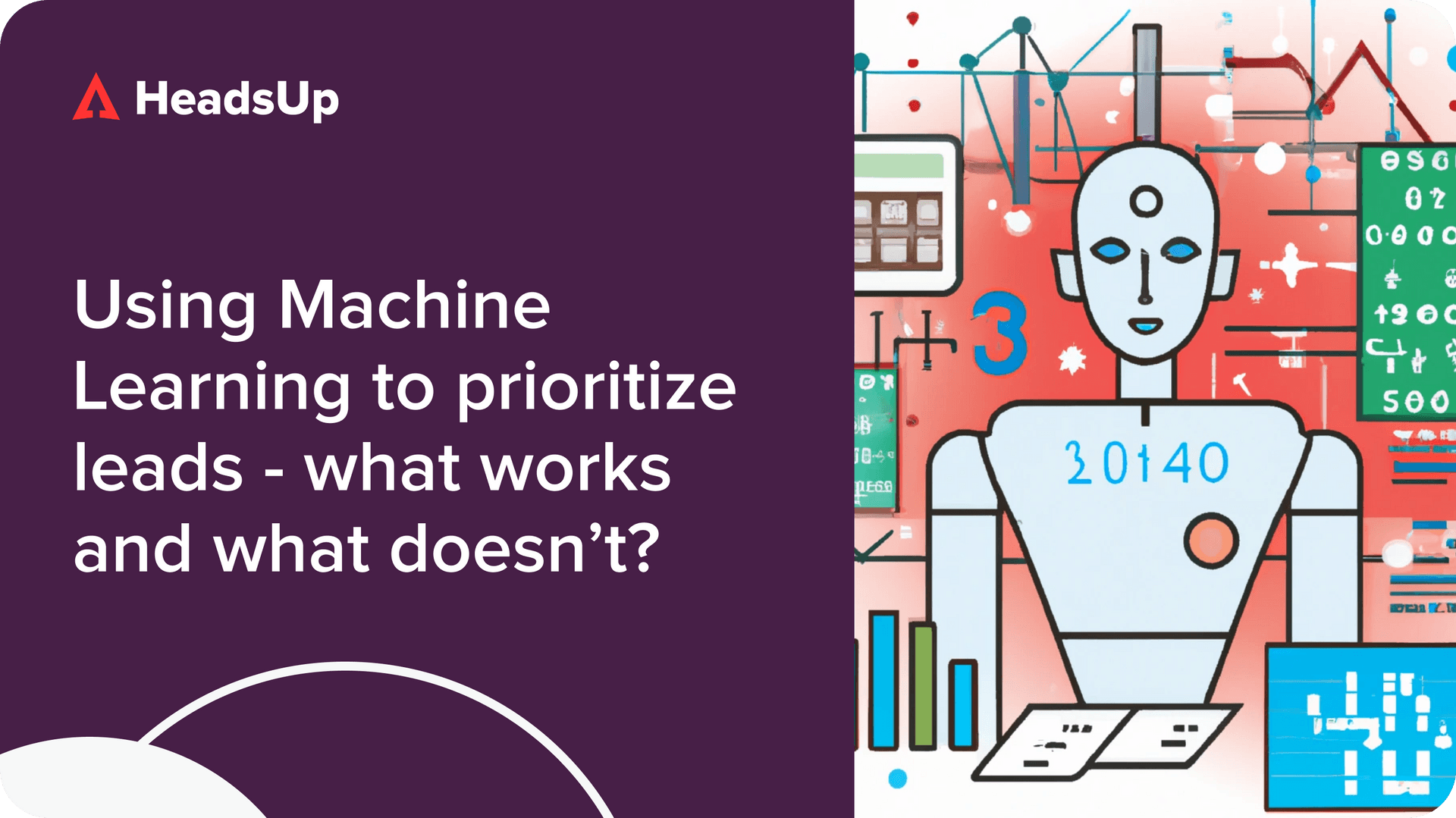We’ve all heard product-led growth success stories of SaaS companies growing to tens of millions in ARR without hiring sales.
Here’s a recent example. In 2021, Australian invoicing and payments startup Invoice2go reached $35m ARR, without a single salesperson on its payroll.
The company’s highly efficient business model was a key factor driving its recent acquisition by the decacorn payments platform Bill.com.
Self-serve has worked out extremely well for Invoice2go, whose platform is targeted primarily at sole-proprietors and SMBs. With relatively low ACVs ranging from $60 to $400, and a rapidly growing base of more than 225,000 users, a no-touch acquisition model makes for great unit economics.
But over the past few months, the company has been experimenting with adding a sales-assist motion to the mix. And NOT because self-serve revenue growth has been slowing by any means.
To understand why, and how the company leverages sales-assist to unlock new growth opportunities, we spoke to Pranav Piyush, Invoice2Go’s VP of GTM & Product.
Read on to get his tips on how to decide whether to layer on sales, and how best to do it, for your PLG company.
Uncover hidden value through sales-assist
Having no sales team is a double edged sword in some ways.
On one hand, you are able to scale customer acquisition without investing costly time on sales calls.
But on the other, you have much fewer opportunities to understand your buyers’ context and needs.
Pranav observes that this becomes an obstacle to growth, when you are trying to figure out if there are customer needs that remain unsolved, and that could potentially be new value propositions your product could offer.
Unless you’re having a sales-oriented conversation, you’re not going to fully unpack where the value is going to come from – especially when going after larger deal sizes. When you have a pure self-serve motion, you end up relying only on surveys and product research. And I personally think that’s just not good enough.
Pranav Piyush, VP, GTM & Product, Invoice2go
You can gain lots of insight by applying a sales-assist motion to a sample of your customers, even before committing to hiring a sales team.
At Invoice2go, Pranav started by incubating a sales function within its existing customer success team, and experimenting with something as simple as placing a live chat on its pricing page.
“You can’t afford to call 10,000 people, but you can call 20 people as an experiment to see what that does,” Pranav underlines.
And they saw some interesting results that unlocked a few quick wins within just a few weeks.
Start with your high-intent buyers for quick wins
A key question to answer when starting a sales-assist initiative is which customers it makes sense to have human conversations with.
The answer Pranav’s team landed on was straightforward – a potential customer with high purchase intent, and that potentially has a high invoice volume with more complex challenges.
To identify these customers, the team used a few automated questions on a chatbot on its pricing page. Qualified customers would be channeled into a live chat with a sales rep, who would continue with a longer conversation.
These calls, which ended up being with both existing customers who had questions about upcoming renewals, and net new prospects who were trying to evaluate if the tool made sense for their company, yielded a few key quick wins for Invoice2go.
First, the sales calls gave the team important learnings about what kinds of questions buyers were asking when evaluating the product, which helped increase inbound volume through its marketing website.
Second, live chat and sales calls significantly improved the quality of the first-time user experience for prospects, driving higher conversion rates.
Third, engaging the right customers with sales helped the team accelerate upsell of larger customers into the company’s payments product, increasing their lifetime value
Answer these 3 questions before starting your sales-assist experiment
Thinking of experimenting with a sales-assist motion yourself? Here’s what Pranav feels you’ll need to do first.
#1 Have you done the math?
Most foundationally, you need to believe that sales-assist will be a worthy investment. Chart out the equation: if you are able to upsell x dollars of revenue with y effort in z time, then, will it be worth it given your CAC and LTV?
The basic math needs to work out in the context of your levers of revenue expansion.
#2 Do you have consensus on the strategic vision?
But having the math right is not enough. Why? You’re likely not going to get your sales assist motion right on day one, and you’ll not immediately see the uplift in revenue you believe is possible.
To keep your experiment going, you need to have alignment with your executive team that sales-assist has clear strategic benefit. For Pranav, one key dimension of it was the belief that layering on sales would deliver the kind of insights into buyer needs that would ultimately help drive higher value for customers and revenue expansion opportunities for the company.
#3 What’s your staffing plan for the initiative?
Finally, you need to know who will be actually running the sales-assist project.
In Pranav’s view, you will definitely need a product owner who works closely with sales, marketing and analytics to run the initiative. “You’ll need to have specialists in these areas looking at their individual part of the puzzle. And it’s probably not a recipe for success to have a PM split off some of their time to work on this. They have tons of other things going on.”
You may be leaving money on the table by sticking purely to self-serve
If there’s one takeaway from this – it’s that self-serve may seem extremely revenue efficient, but sticking exclusively to it may leave a lot on the table.
Layering on sales may seem like an additional expense, but it may be totally worth the investment. For Pranav, it’s about how the deeper insight into customer needs and opportunities to increase value yield lucrative opportunities for new vectors of revenue growth.
And we’ve seen this play out well in other cases too. Ravi Parikh, for example, told us about how adding sales-assist to its self-serve motion dramatically increased average deal sizes for Heap – even without having to make any changes in the product offering. Read more about that here.
For more insights into product-led growth and the role that sales can play in the equation, check out the Product Led Sales blog.


